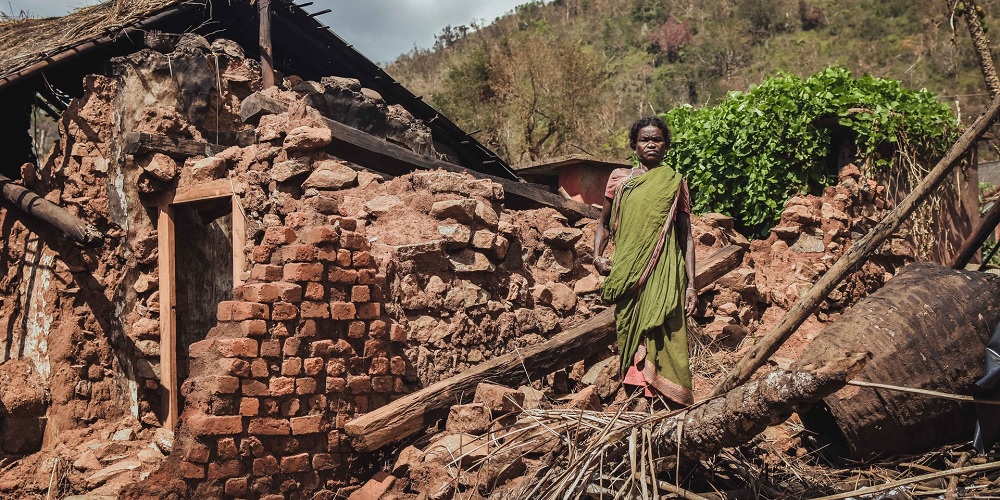First Ever Village-Level Mapping of Childhood Undernutrition in India Reveals Sharp Local Disparities
By Harvard T.H. Chan School of Public Health

The risk of childhood undernutrition varies widely among villages in India, according to new research led by Harvard T.H. Chan School of Public Health in collaboration with researchers at Harvard’s Center for Geographic Analysis, Harvard’s Center for Population and Development Studies, Korea University, Microsoft, and the Government of India.
The study is the first to predict and map the burden of childhood undernutrition across all of the nearly 600,000 villages in rural India, and the methods developed to do so could be applied to other health indicators and help advance the field of “precision public health,” in which interventions and policies are tailored to smaller populations that are disproportionally affected by specific health issues, according to the study’s authors.
“By applying state-of-the-art data science techniques to existing public health indicators and census data, we created a framework that we hope can help local and regional decision makers better understand the substantial village disparities in childhood undernutrition,” said S.V. Subramanian, corresponding author and professor of population health and geography at Harvard Chan School. “Mahatma Gandhi once said that India lives in its villages. Now we can bring the power of data science to aid public policy thru precision targeting and help ensure that children in all of India’s villages are given an opportunity to grow healthy and thrive.”
The study was published April 26, 2021, in the Proceedings of the National Academy of Sciences.